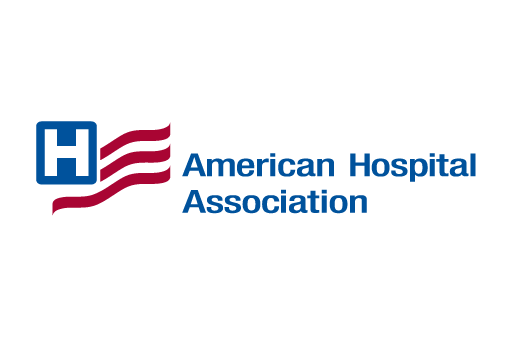Rick Pollack, President and CEO of the American Hospital Association recently provided an advertorial in the New York Times as part of ongoing efforts to educate the public and policymakers about the immense value the hospital field provides to communities across the country. Also included in the advertorial is the intense financial and workforce pressures on our field and the consequences they could have to patient access to care.
The mission of all hospitals and health systems, regardless of size and location, is to provide quality care to patients and advance health in their communities.
During the last three years of the greatest public health crisis in a century, our nation has seen firsthand how America’s hospitals, health systems and health care workers have stepped up to the plate. They have provided care and comfort to patients and families, delivered essential services to protect communities, and saved thousands – if not millions – of lives.
This is what hospitals do each and every day. No person seeking care is turned away from their doors, which are open 24 hours a day, 7 days a week, 365 days a year.
Caregivers support newborn babies and their families during the first moments of life. They provide compassionate care to people at the end of their lives. And they are there to support all of us for many moments in between.
In addition to delivering care inside of their walls, hospitals and health systems provide services and programs in their communities to advance health and wellness.
These efforts are as diverse as the communities they serve and are tailored to meet unique community needs. Some examples include neighborhood health clinics, programs to address food insecurity, affordable housing, behavioral health services and transportation to medical appointments.
This is just a part of what distinguishes hospitals and health systems from all other sectors in health care, most of which have no commitment to serving everyone in their community and often delay or deny care.
Nonprofit hospitals and health systems provided more than $110 billion in benefits to communities in 2019 – the most recent year data is available – according to a report released last year. The report only examines tax-exempt hospitals and health systems so the $110 billion would be much more if it included benefits that all hospitals provide.
While all hospitals and health systems are dedicated to meeting their mission of caring, our field is experiencing significant challenges that are jeopardizing access and services. At the top of the list are workforce shortages and financial challenges.
The reality is our nation simply does not have enough clinicians to care for patients today and not enough are in the pipeline to care for an aging population, more complex diseases and increased behavioral health conditions. This is not a new problem, but it certainly has been exacerbated by the pandemic.
The AHA has been sounding the alarm and sharing resources to protect and optimize the well-being of health care workers. And we are advocating for policies that will help us to recruit, train and retain the next generation of caregivers.
At the same time, hospitals and health systems just concluded the most difficult financial year since the start of the pandemic. Hospitals are seeing exorbitant increases for the costs of caring for patients, including labor, drugs and supplies. More than half of all hospitals were projected to operate at a financial loss in 2022.
What do these challenges mean for patients? They could mean longer wait times for care in the emergency department; delays for surgery, imaging and diagnostic services; and having to travel further to receive care, just to name a few. All of these can have long-lasting impacts on a person’s health.
While hospitals and health systems are doing all that they can to advance health and wellness, they cannot solve these immense challenges alone. We need a combined effort, including those in government, insurance companies, technology firms, consumers and others, so we can meet today’s challenges and put us on a sustainable path for the future.
America needs strong hospitals so we can have healthy and thriving communities. We must support our caregivers and ensure that the care will always be there.




